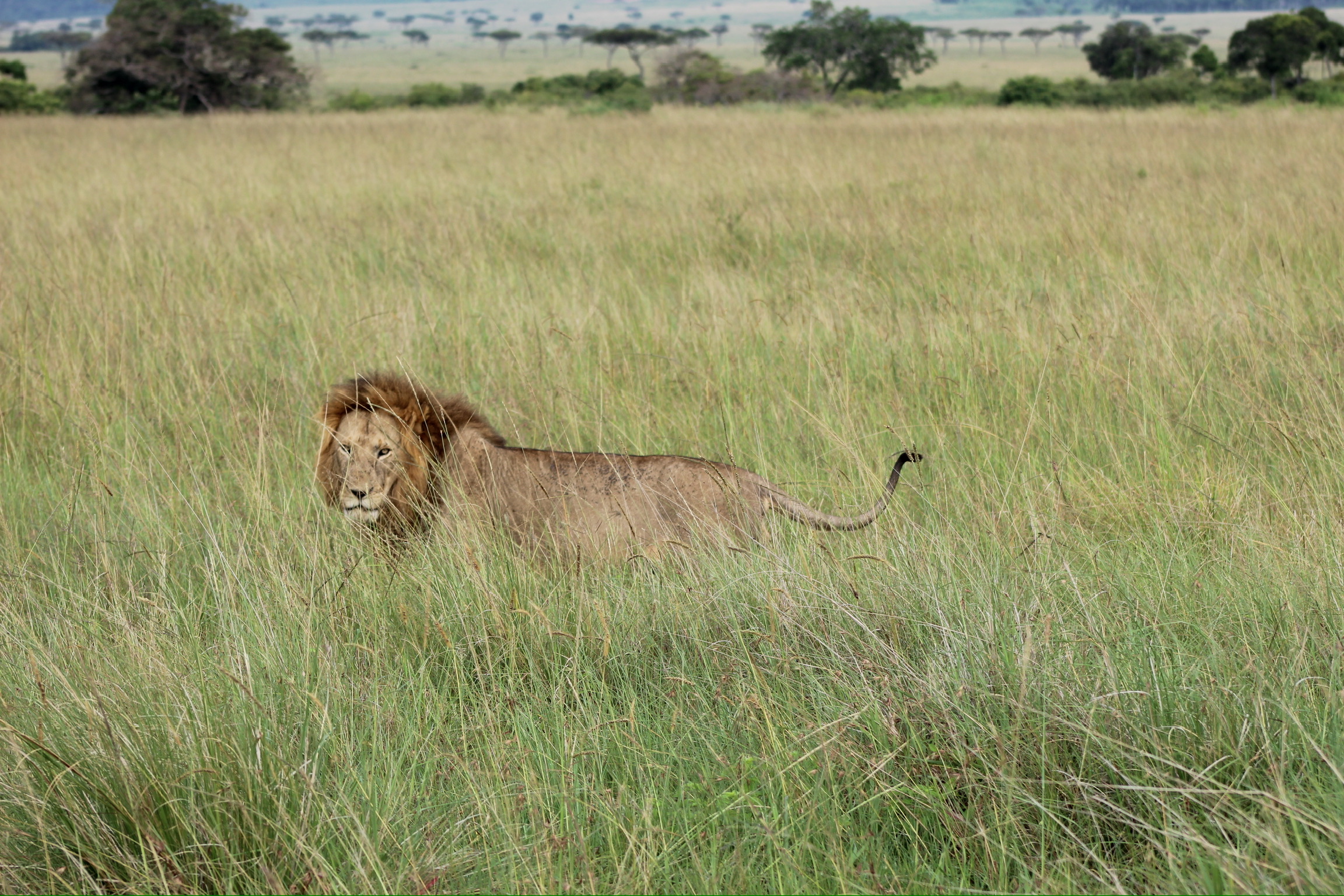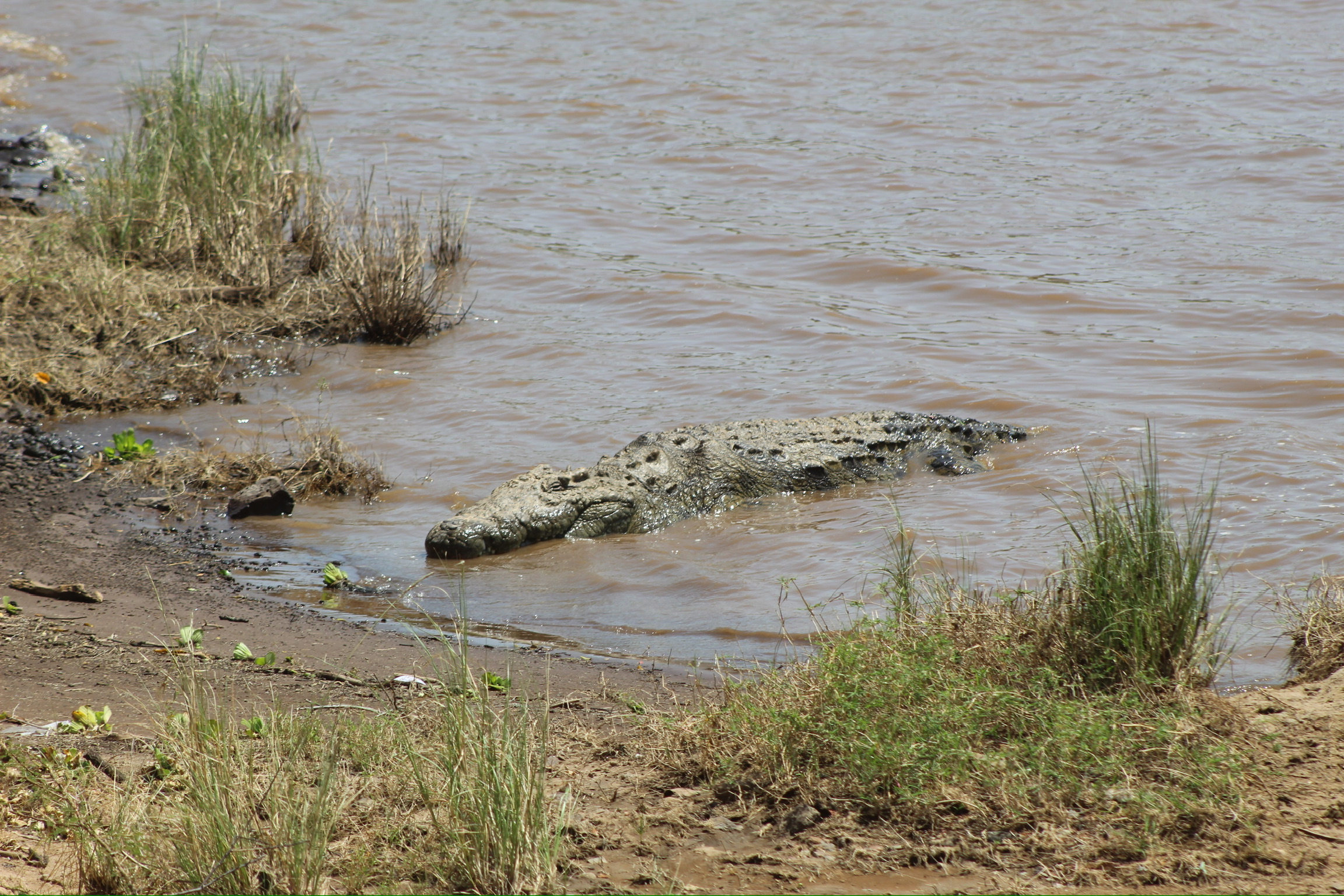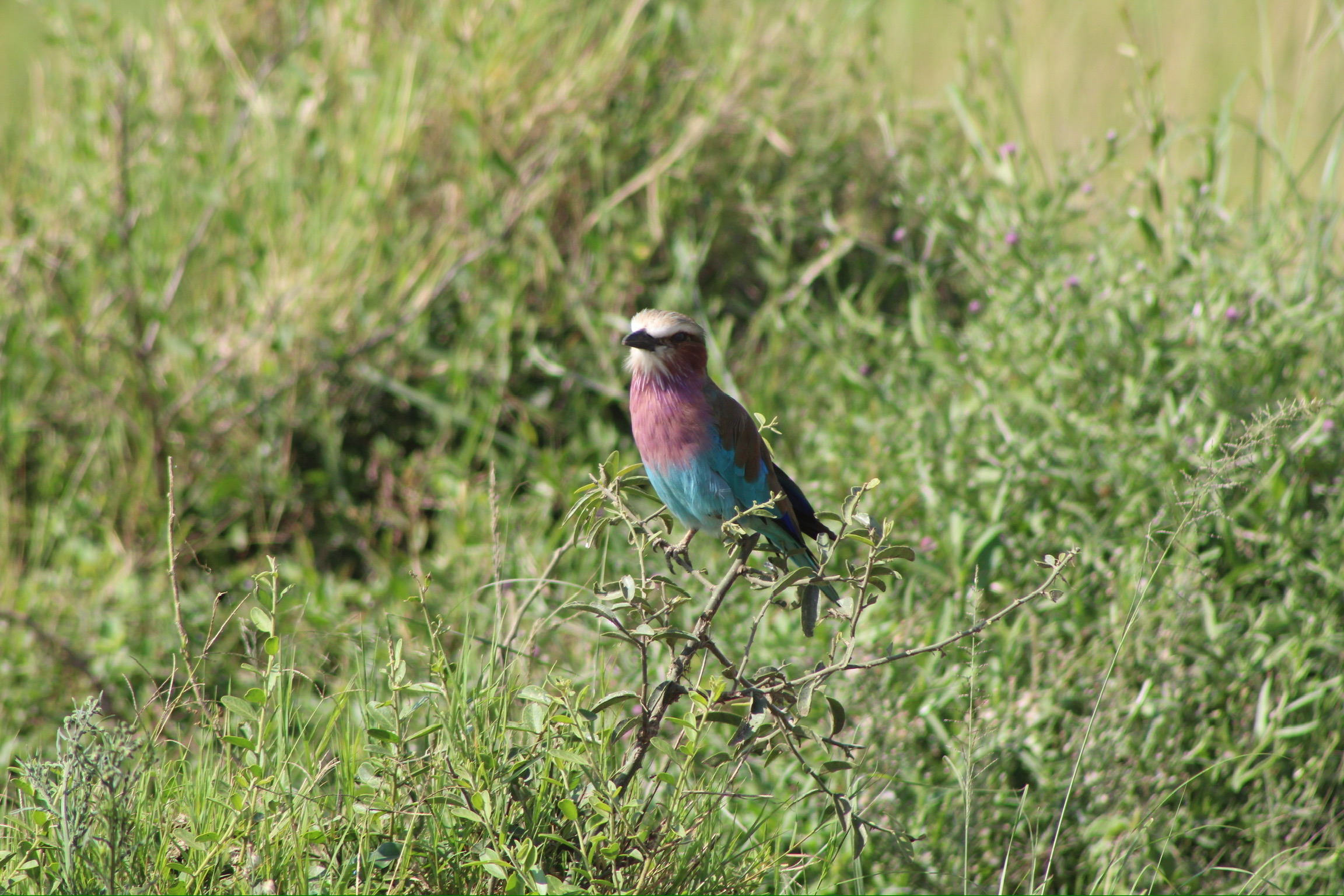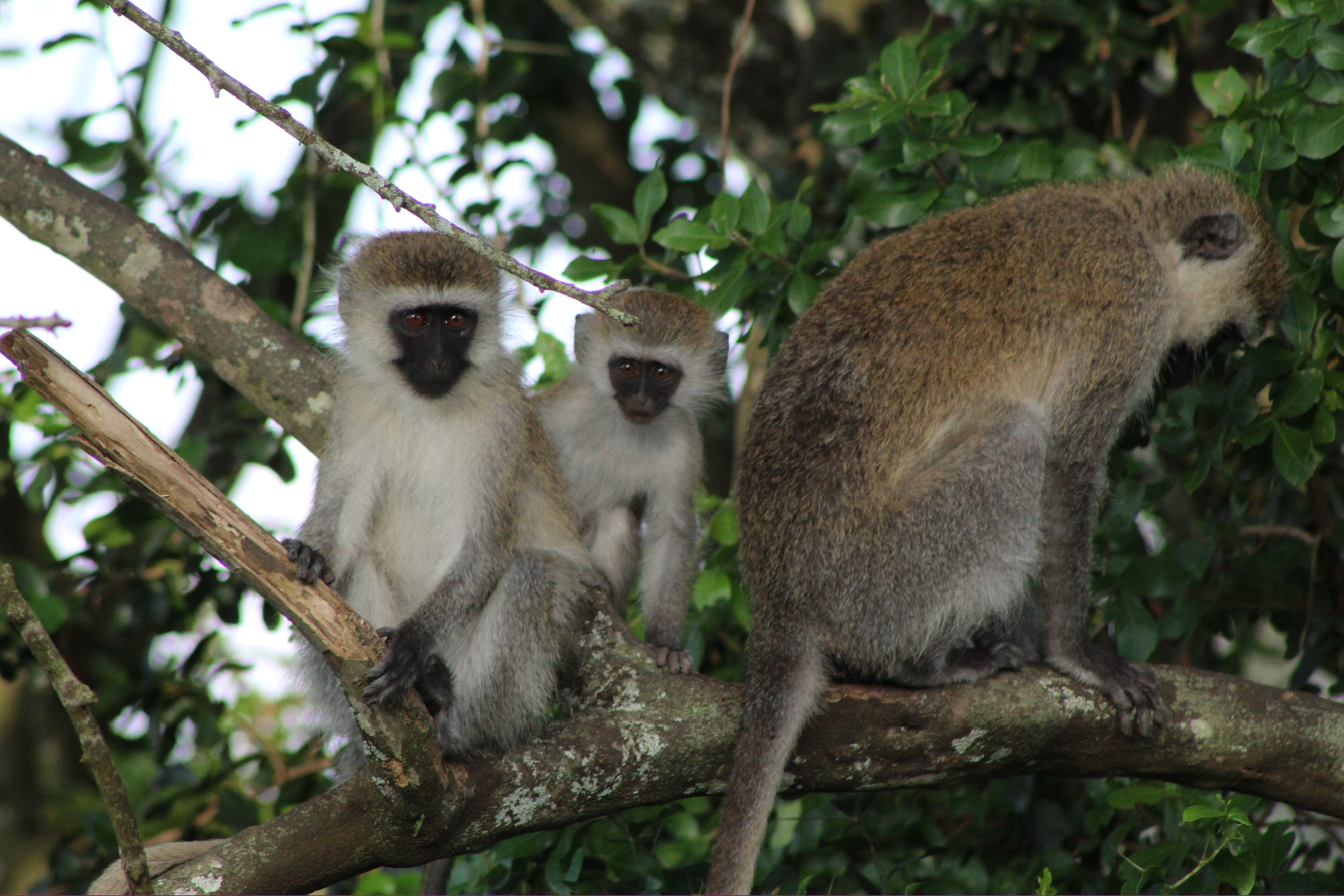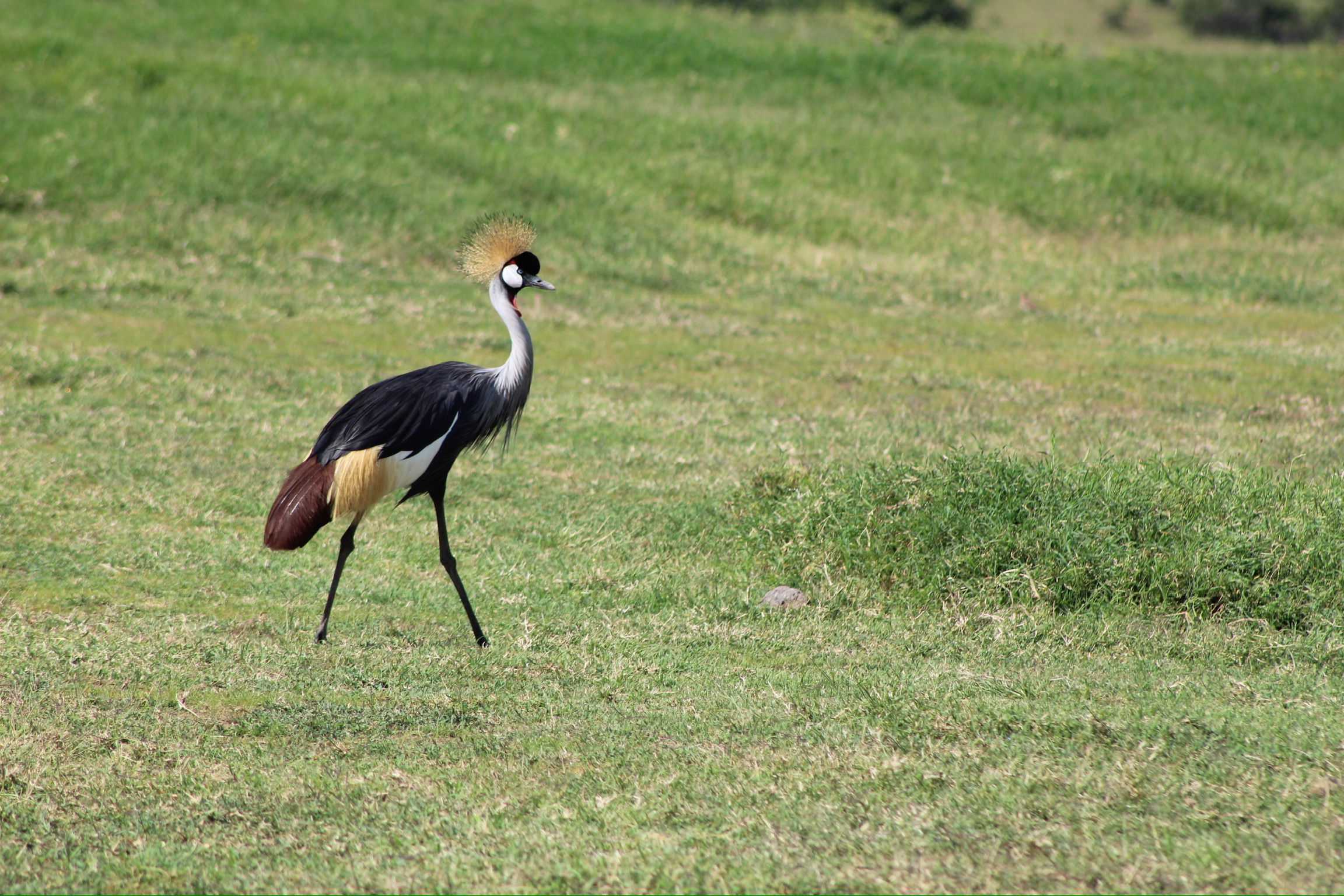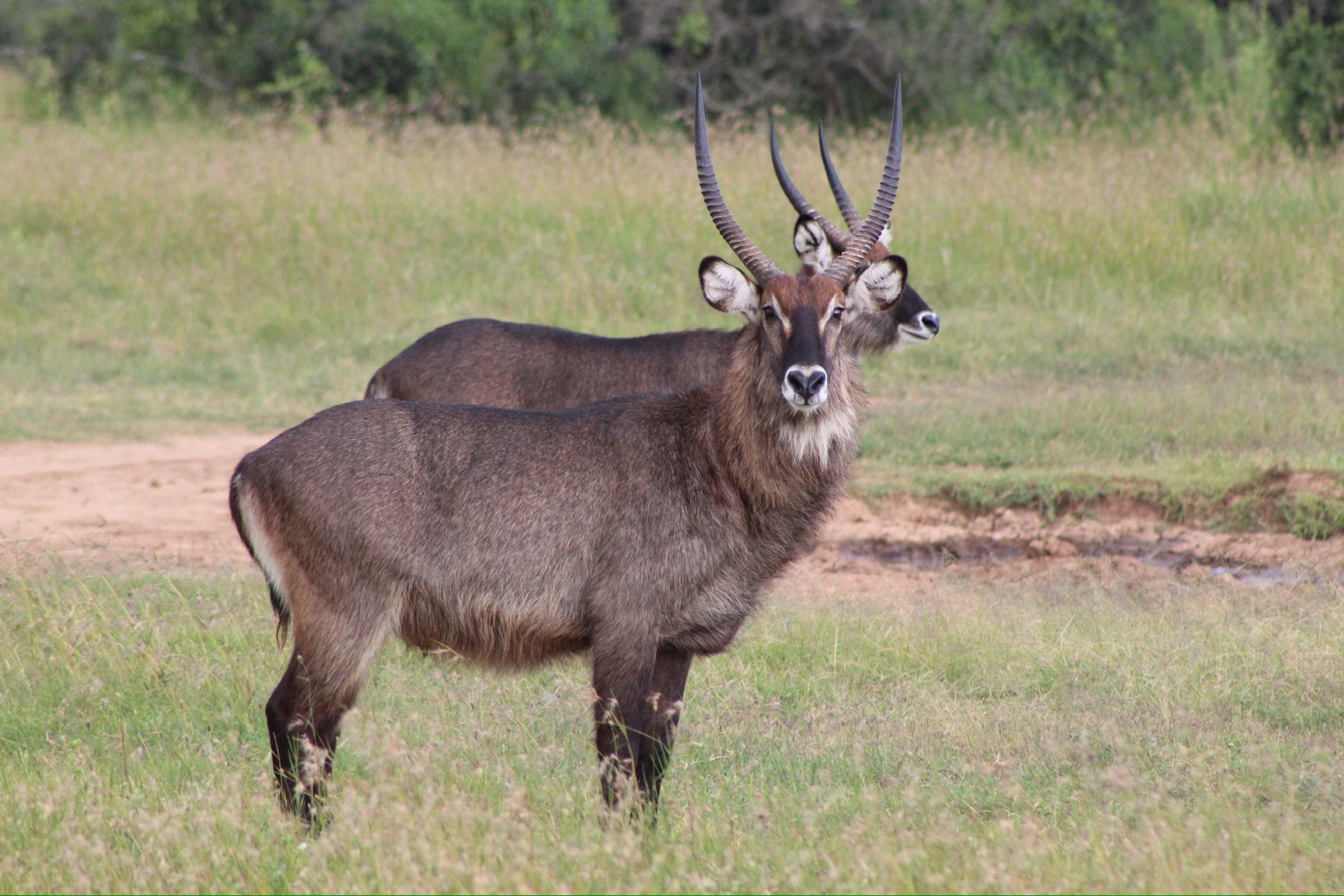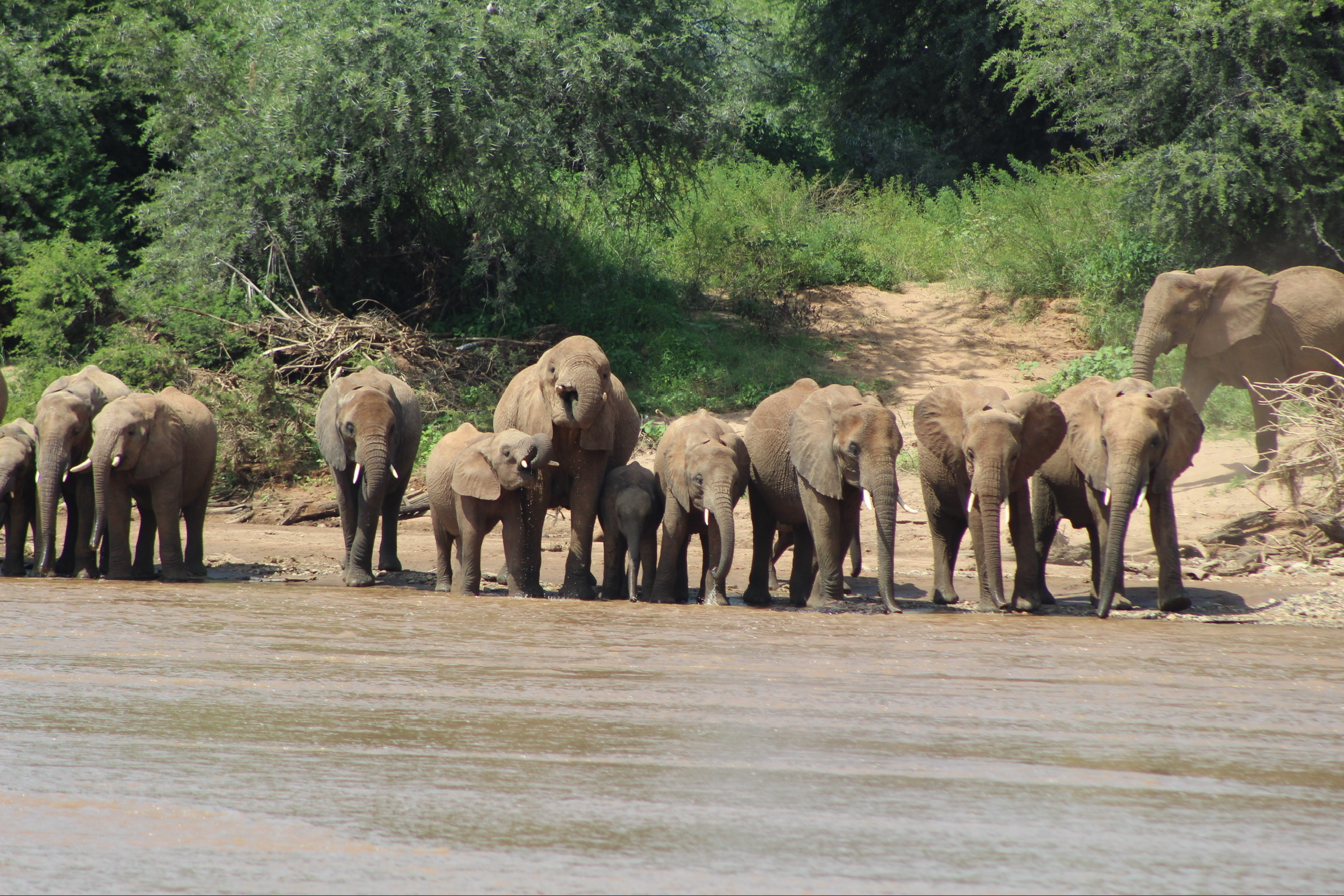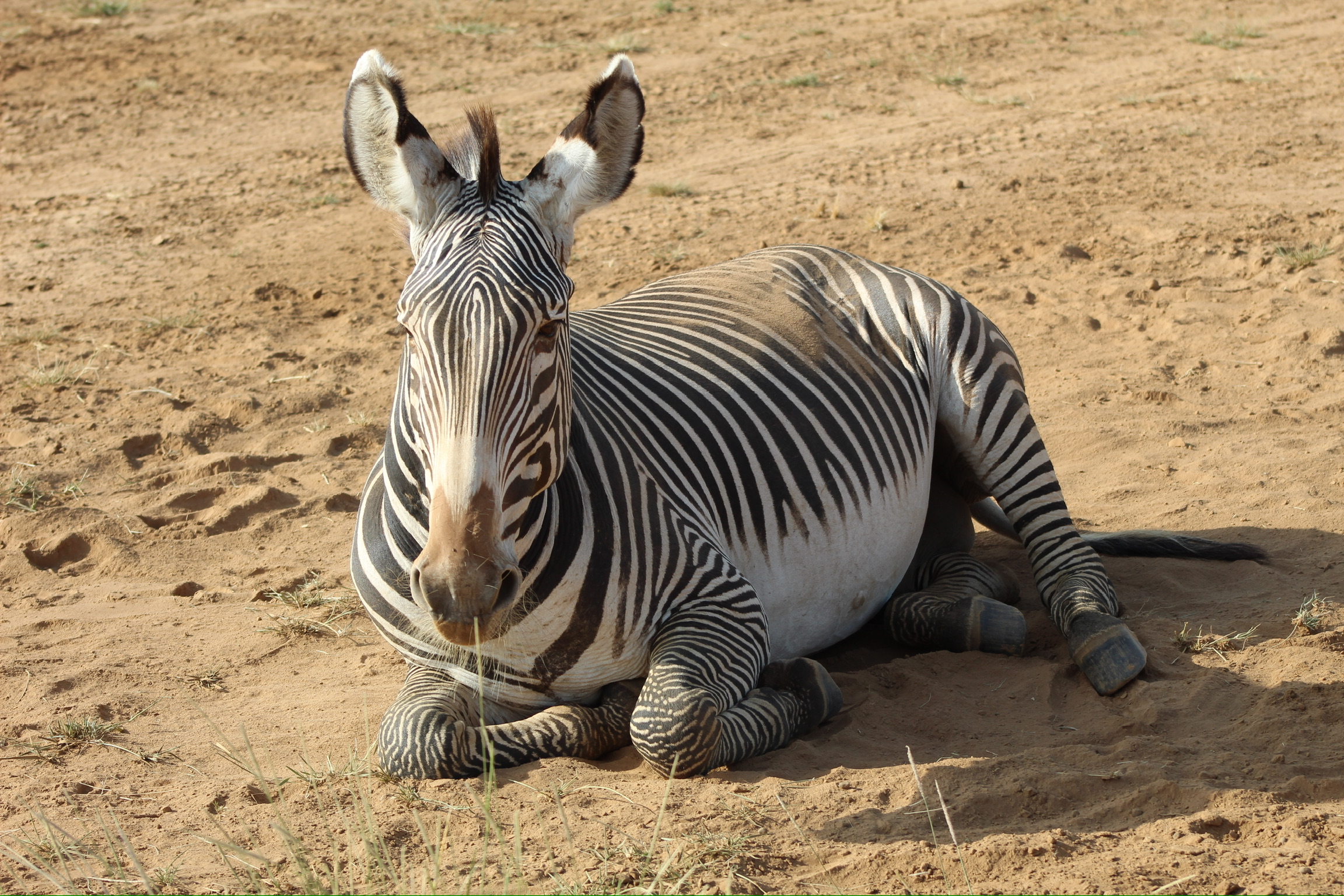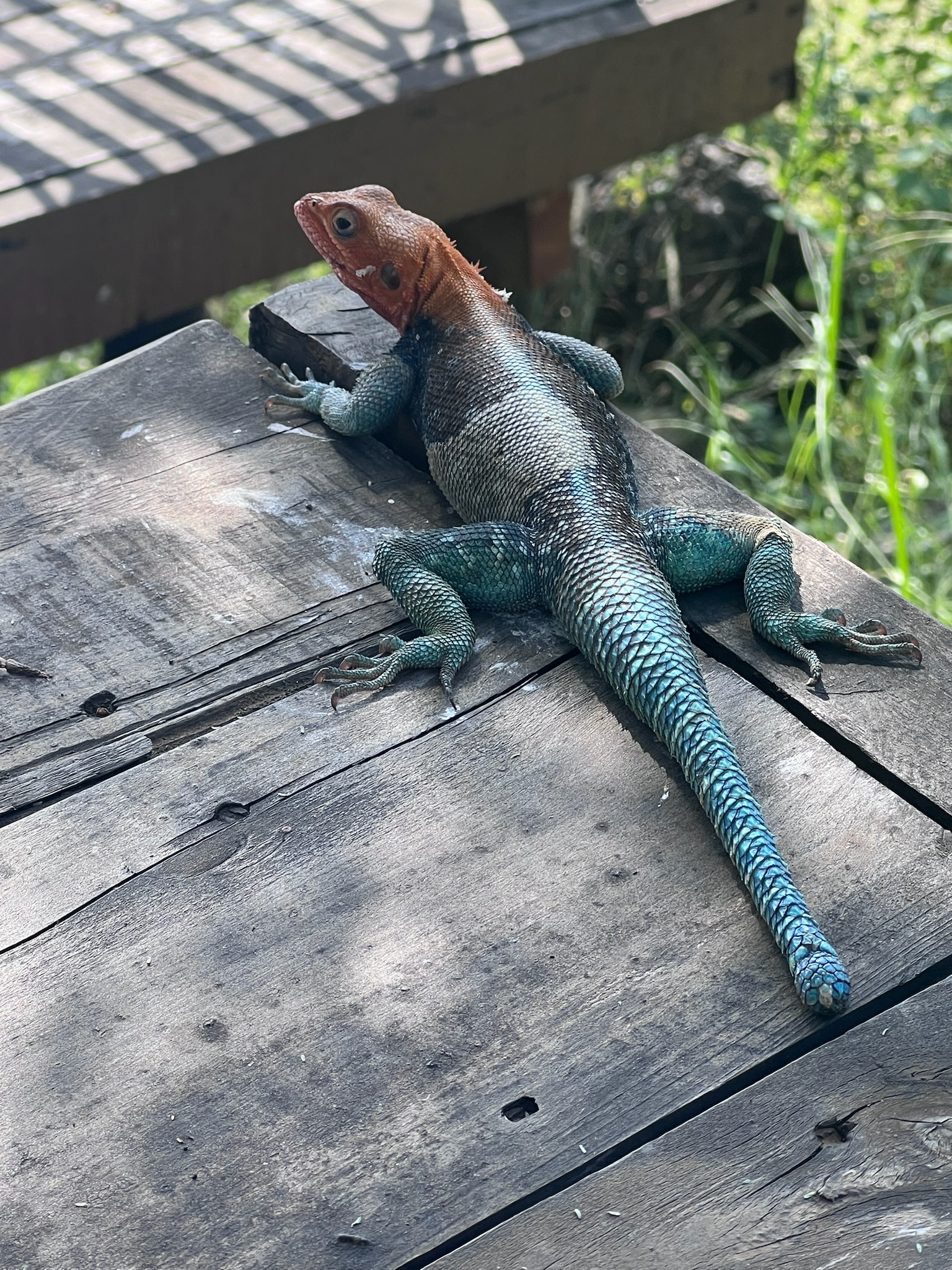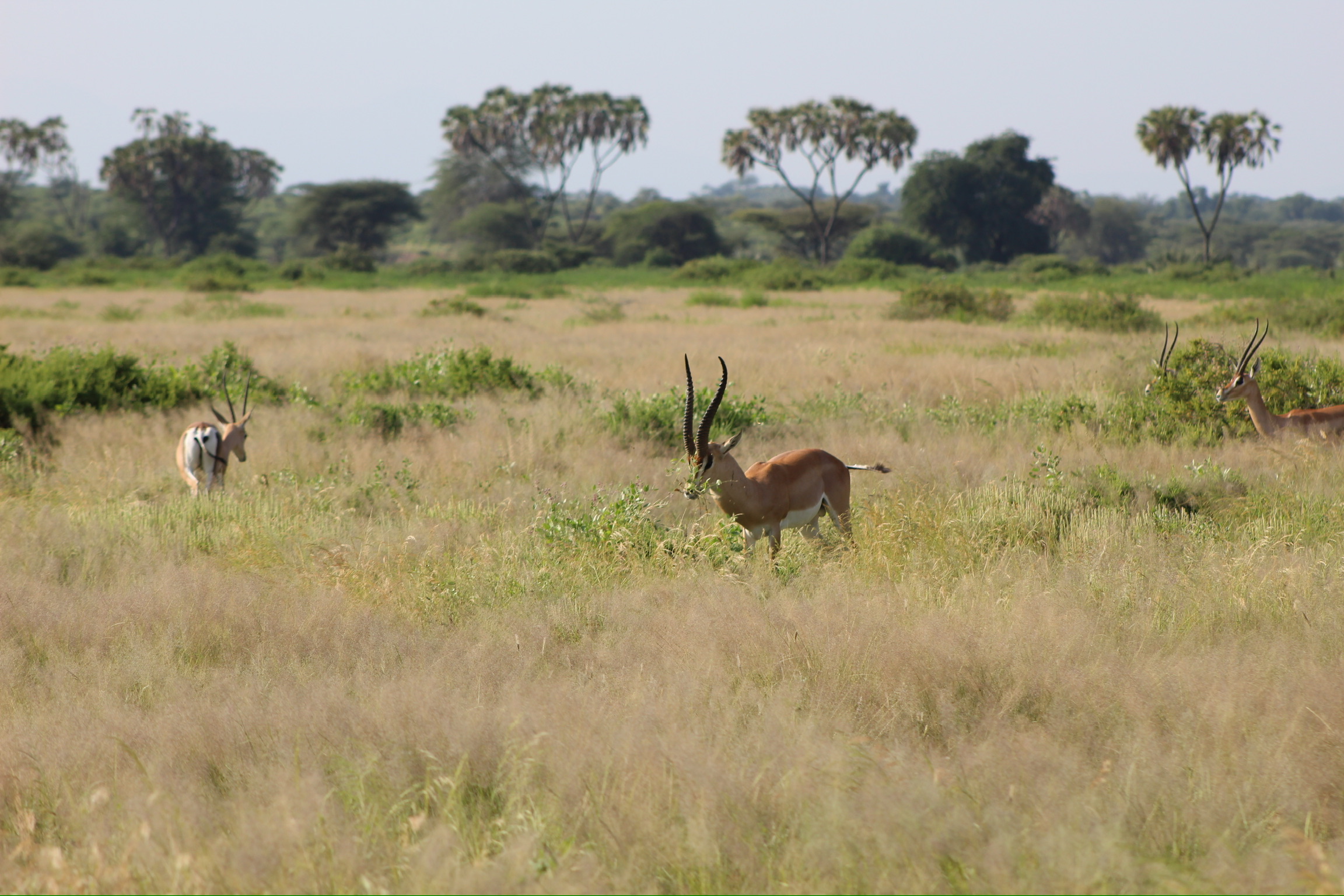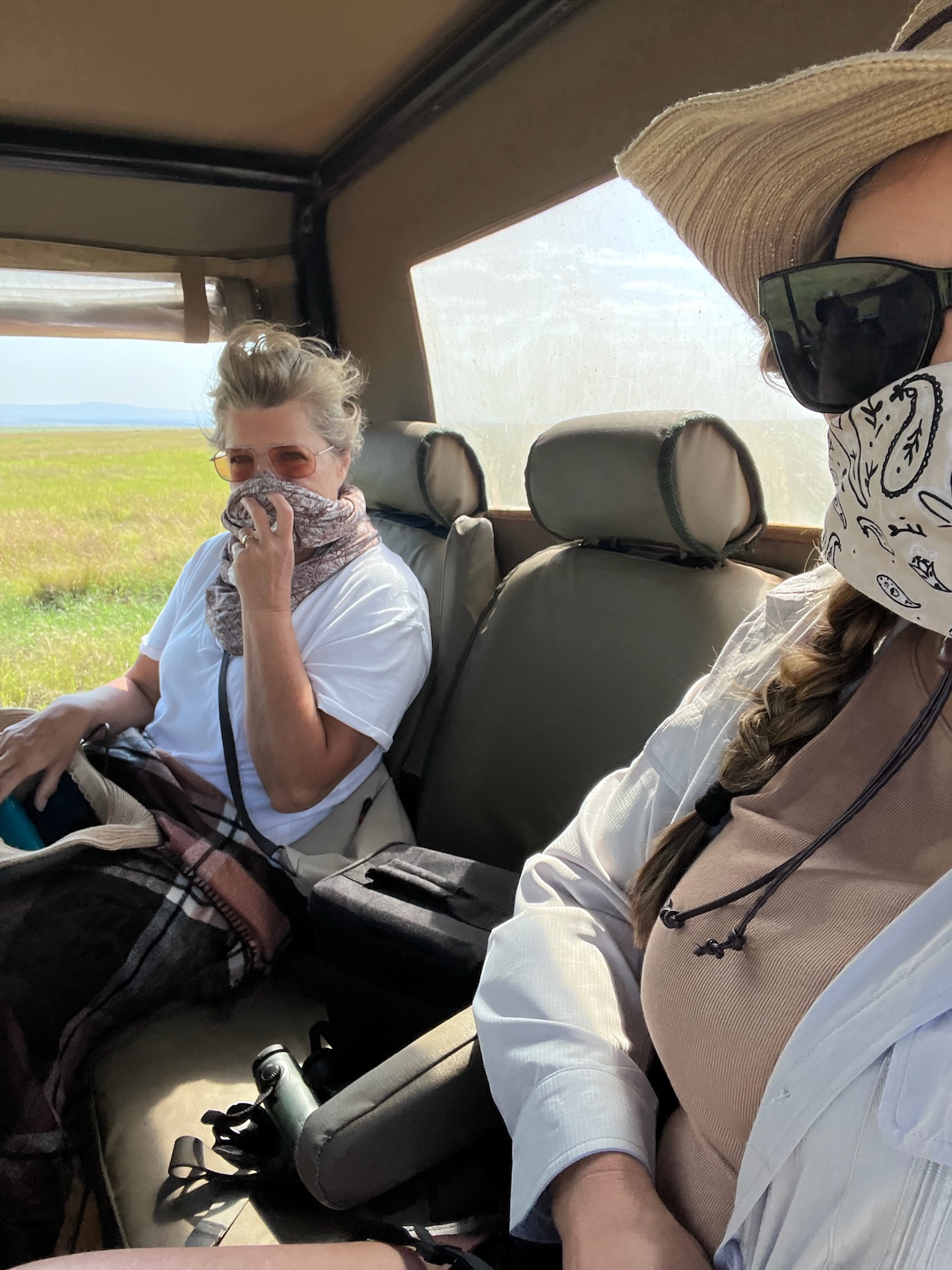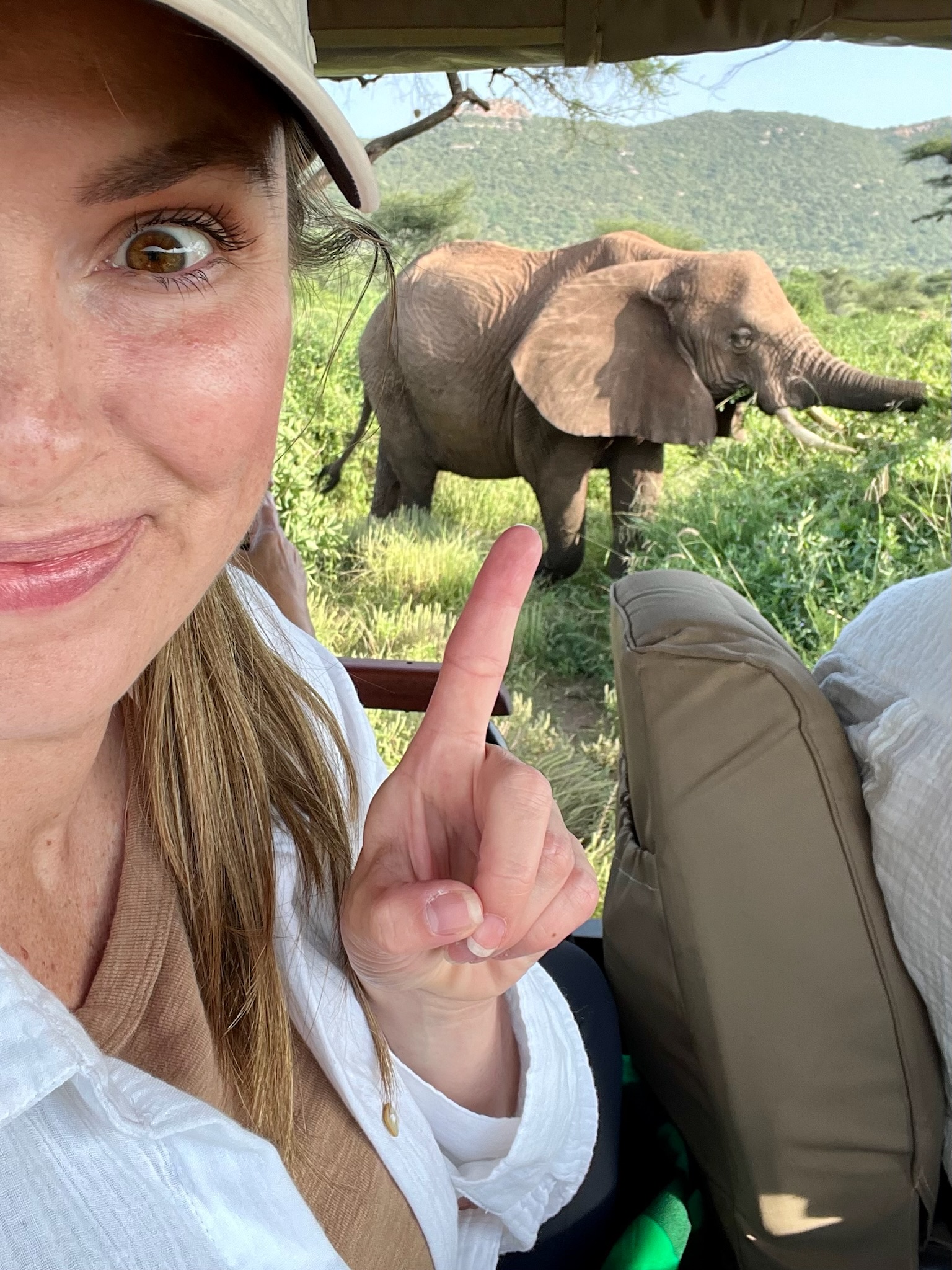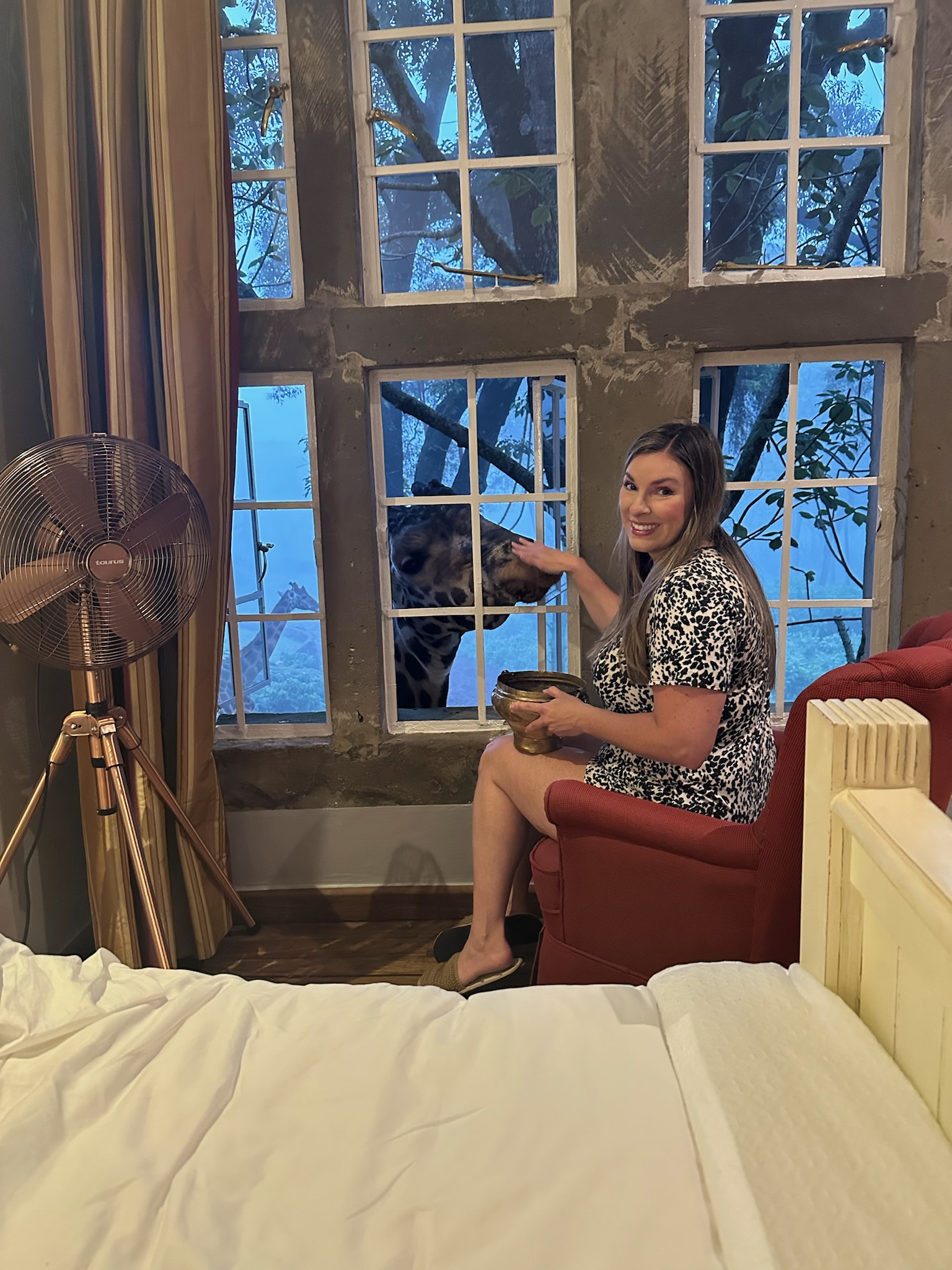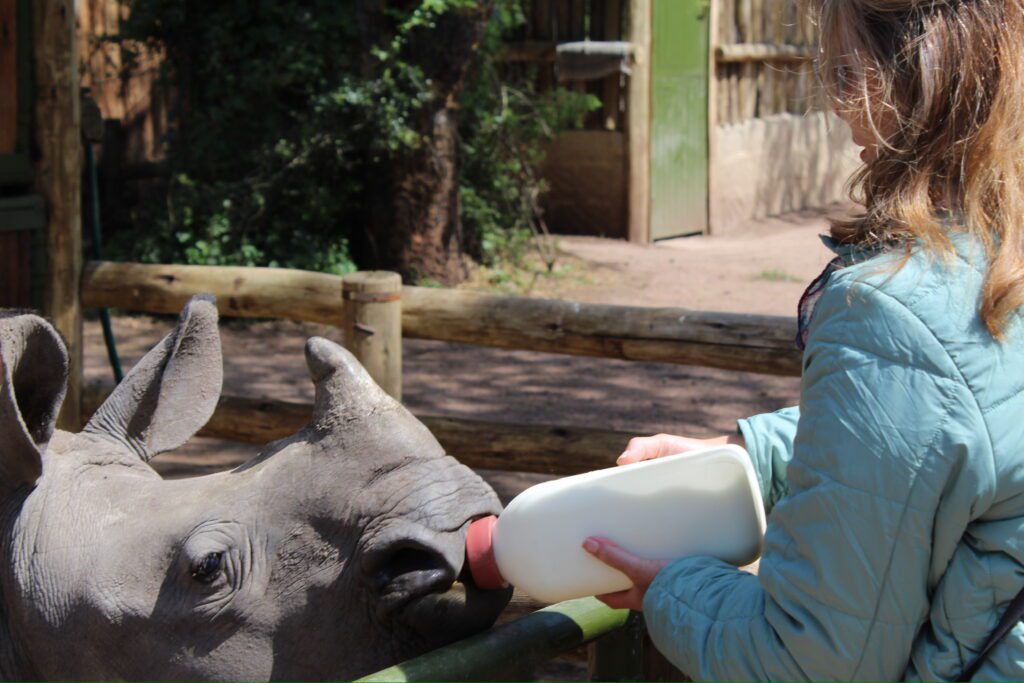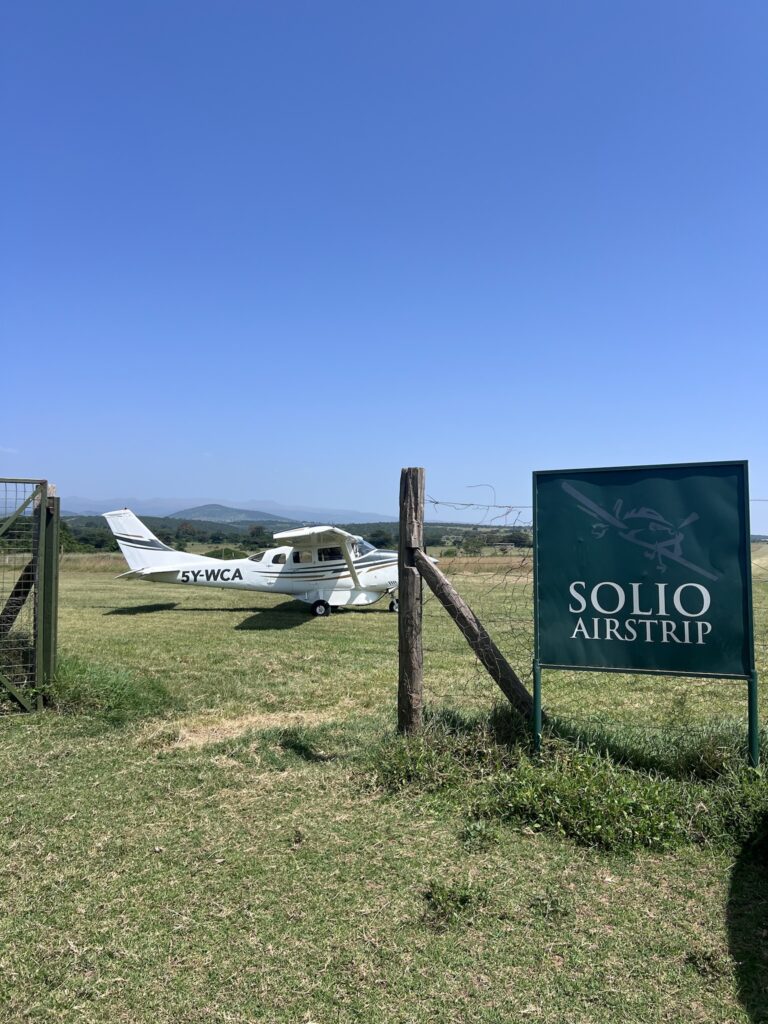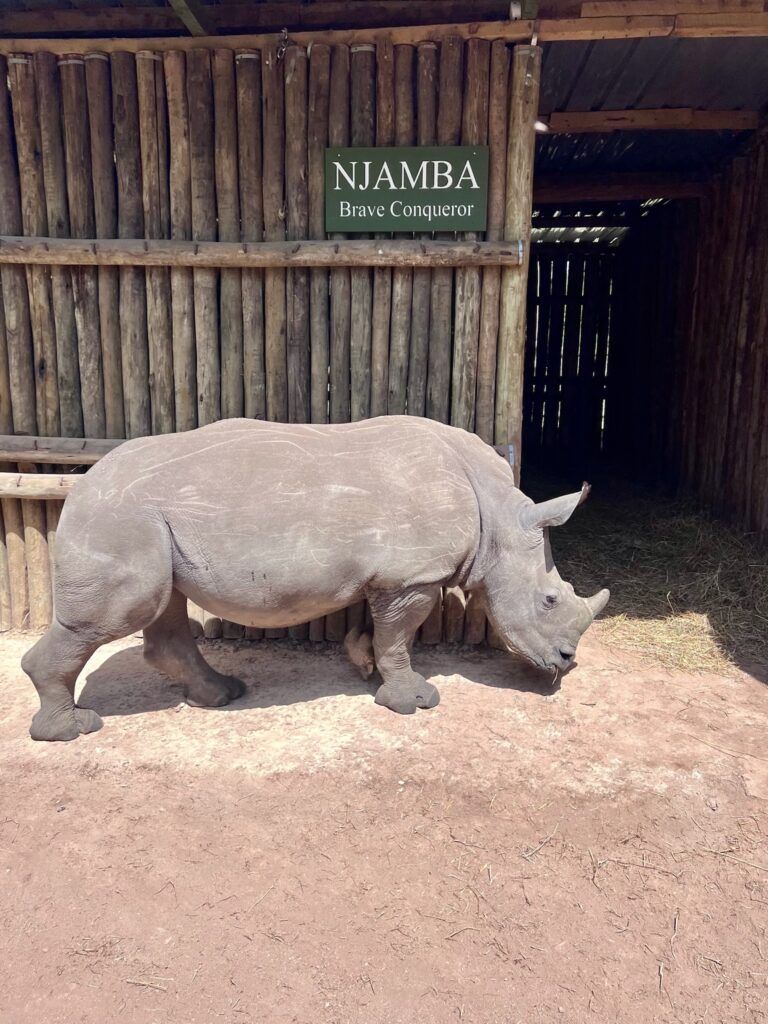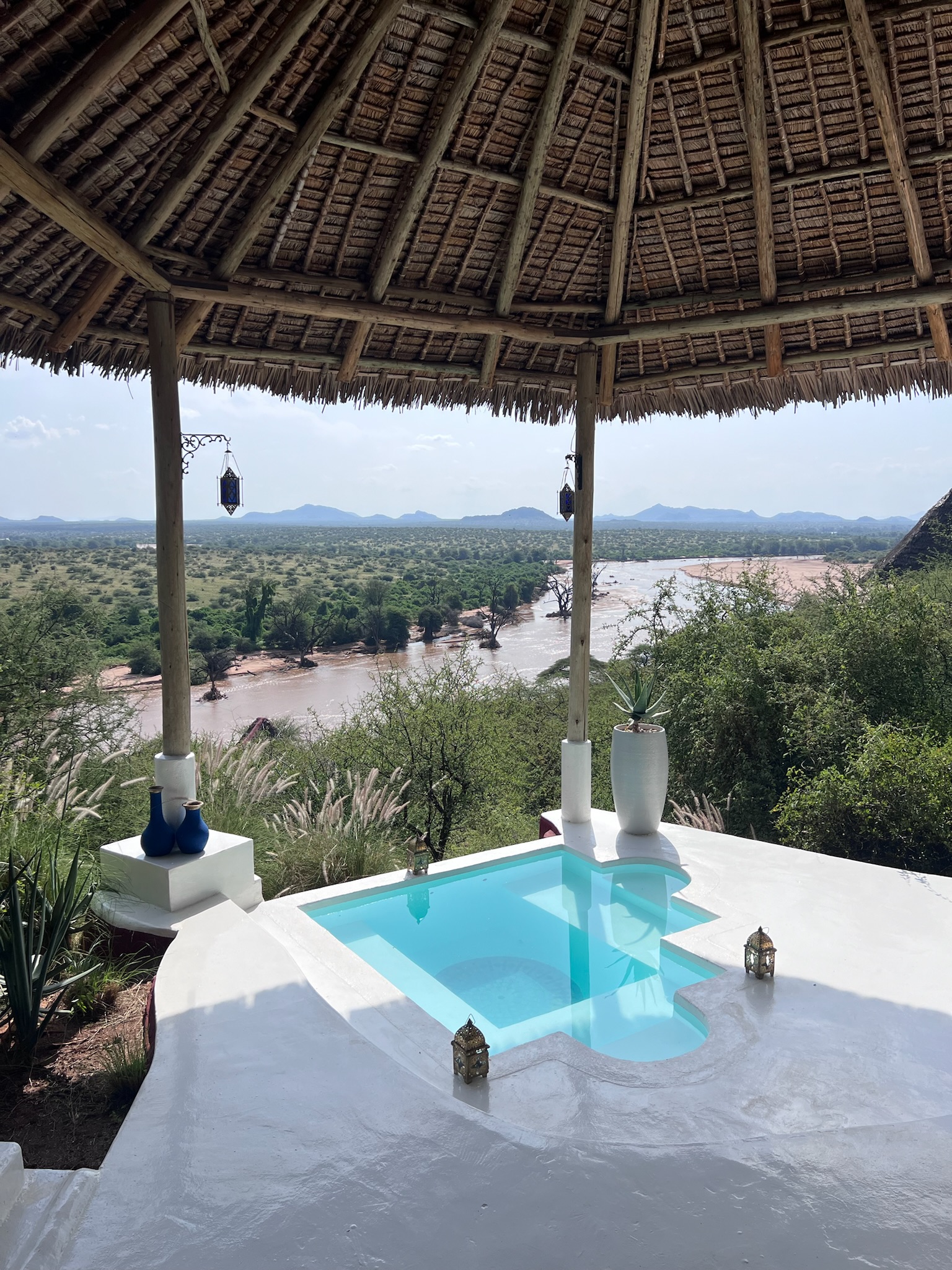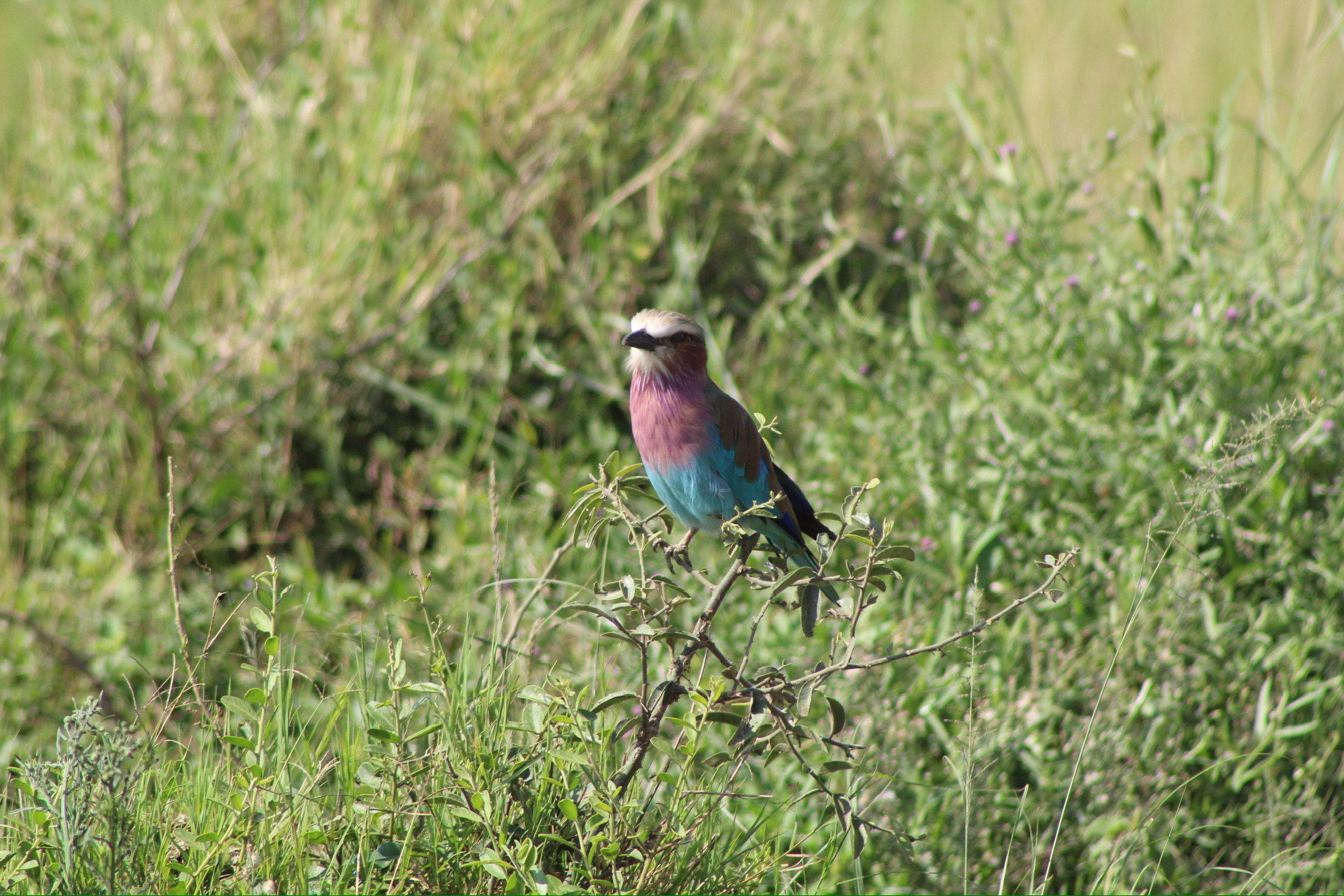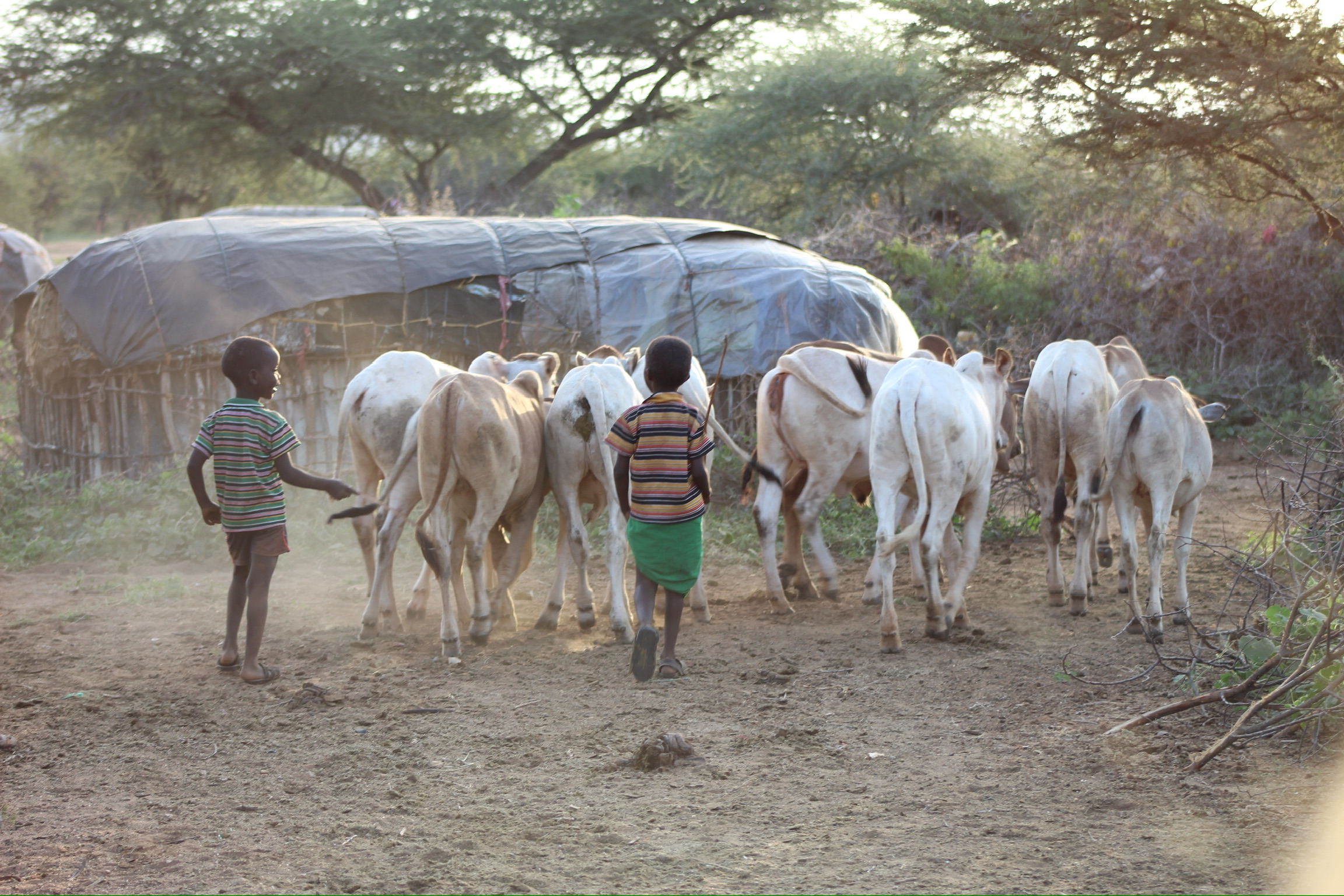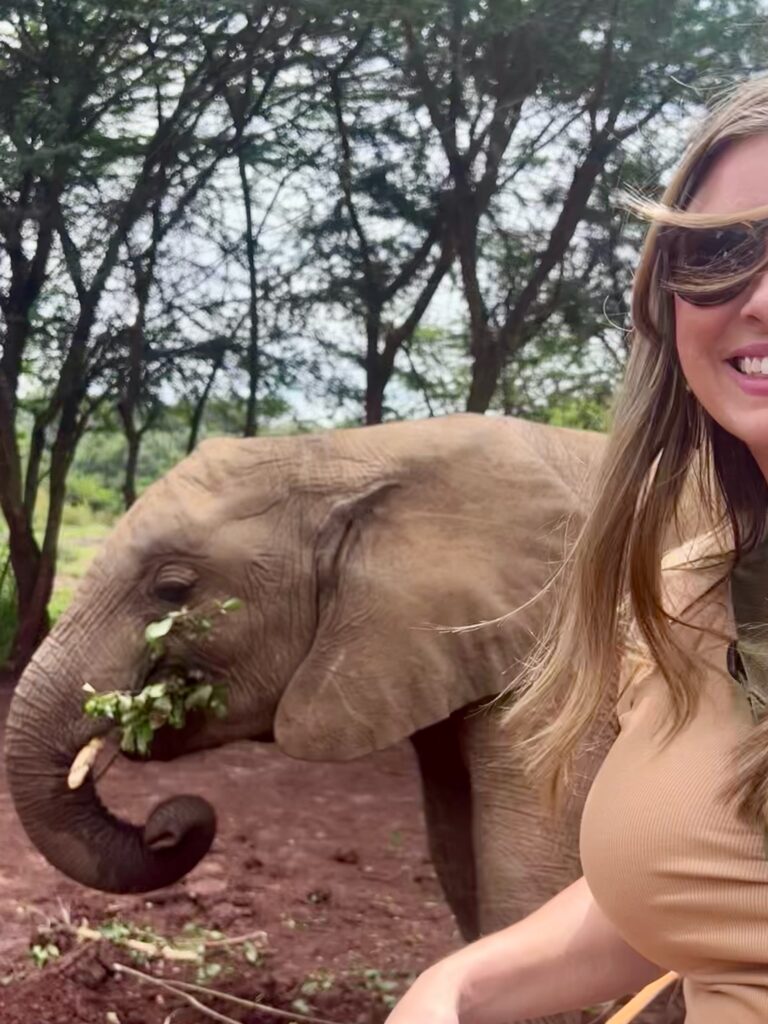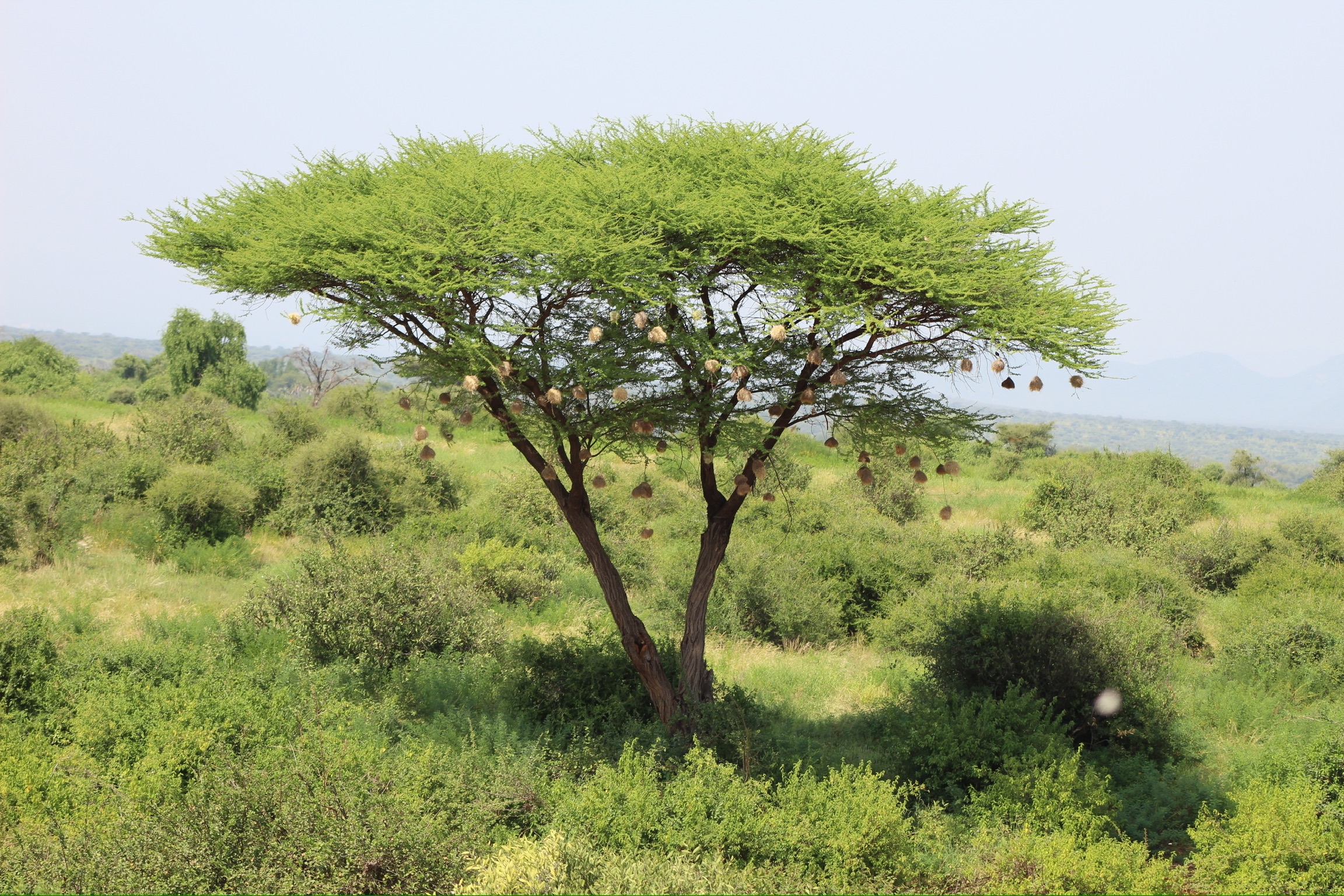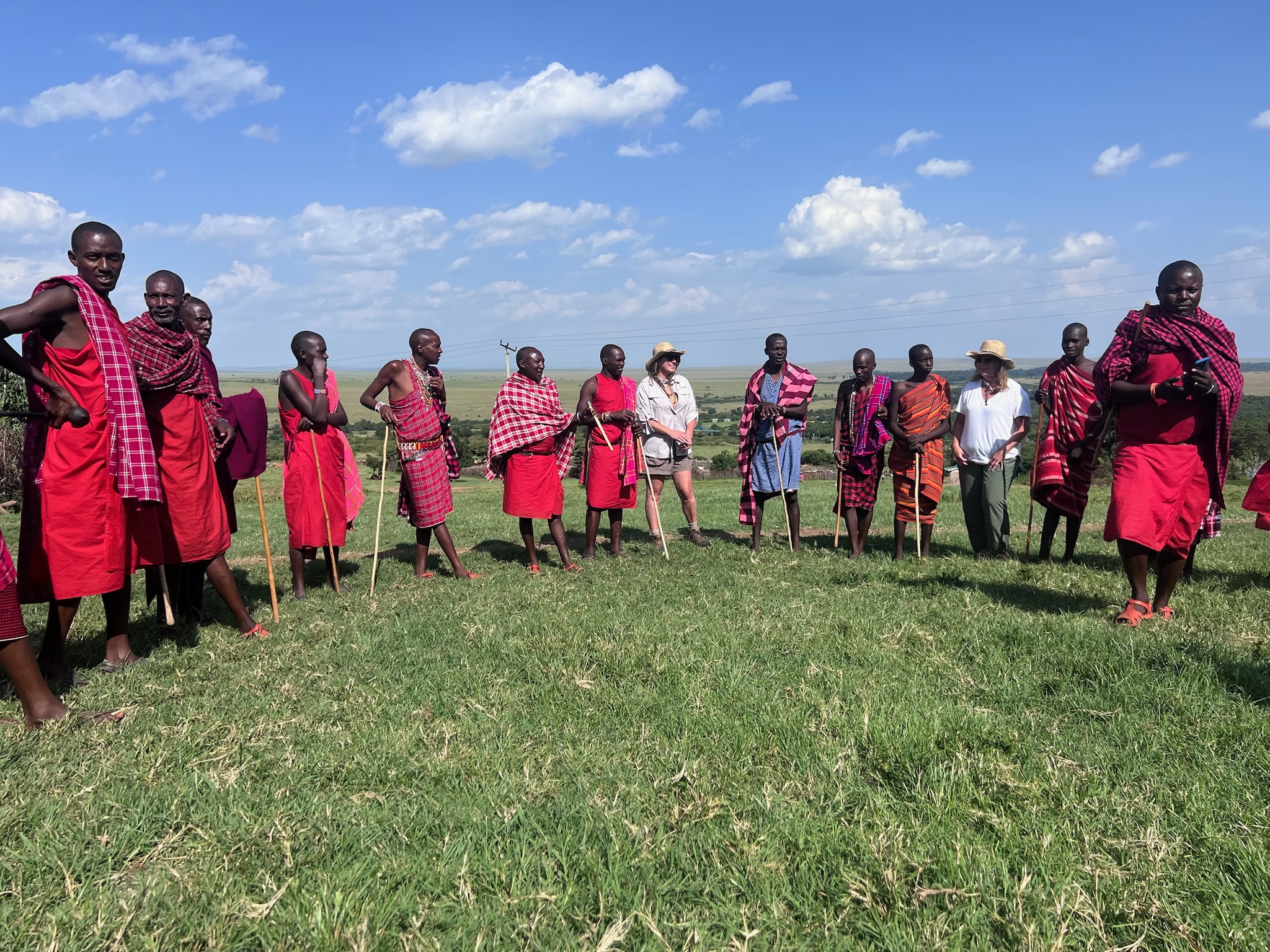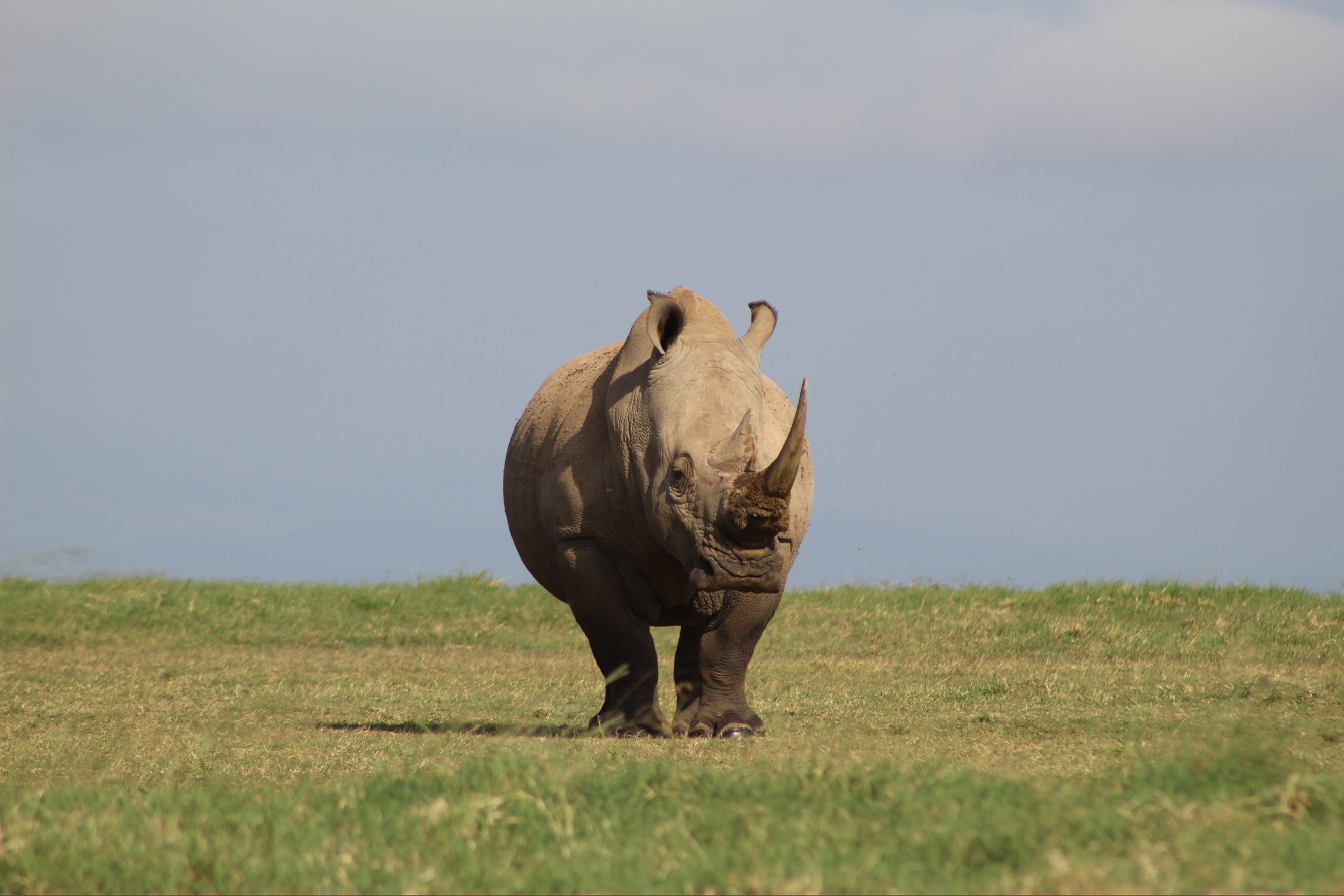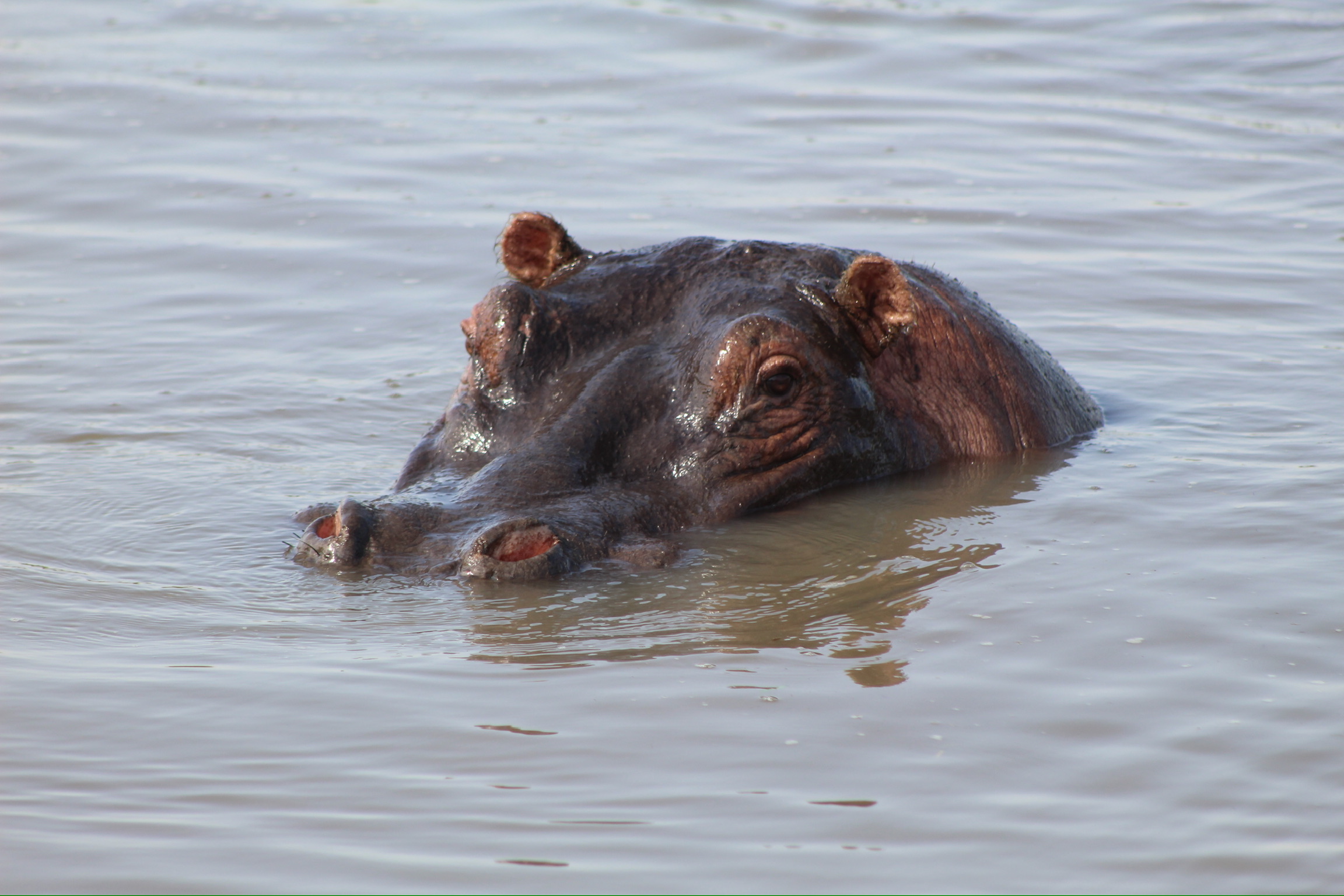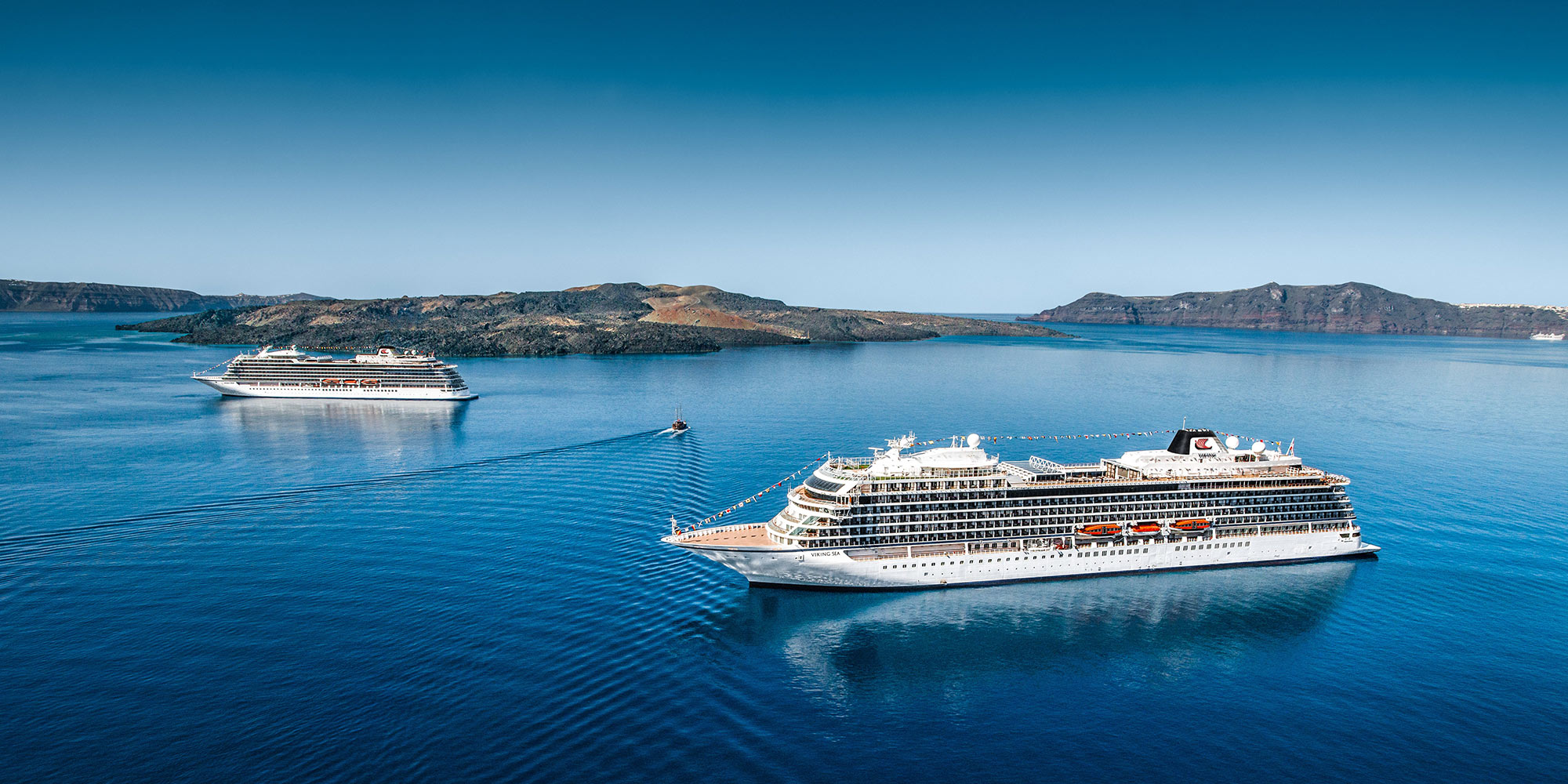Discovering Kenya: an Exploration of East Africa’s Wild & Wonderful
“Once-in-a-lifetime,” “transformative,” “bucket-list”—there are as many ways to describe journeys to Africa as there are places to go and things to see and do on the continent itself. At Adventure Travel, we fulfill guests’ requests to discover Africa by pairing your interests with our knowledge and connections to create remarkable experiences. Whether you’re enamored with the prospect of viewing wildlife in the savanna, lounging on pristine beaches in the Seychelles, marveling at the ancient Pyramids of Giza, or sampling the diverse grape varieties of South Africa’s wine regions, we have you covered.
Stephanie Locke, Adventure Travel’s Manager, shared her recent exploration of Kenya with us and offers her take on the trip while providing pro tips. Take a virtual escape from the daily routine with our informative Q & A.

Stephanie, welcome back from your exciting adventure in Kenya! There’s so much we could unpack here for learning about your wildlife spotting, choice of accommodations, cultural encounters, etc. Let’s begin with wildlife. How was the viewing?

While it was good, it could have been better for viewing the cats. Leopards are already elusive enough! I went in early June, which is the time the rains typically begin giving way to dry season. The landscapes were lovely, green, and lush after unprecedented flooding, so many cats easily hid in the tall grass.

That’s interesting. What should our guests know about the rainy and dry seasons’ impact on wildlife viewing in Kenya?

There are two rainy seasons—the heaviest rains usually fall from mid-March to May and a shorter period of rain occurs in November and December. January and February are mostly dry, although there may be precipitation. The cooler temperatures of dry season last from May to October.

This summer in the U.S. many places broke daily record high temperatures. What did it feel like in Kenya?

The equator divides Kenya into almost two equal halves. Landscapes range from dry savannas to national parks and beaches, so the weather will be different depending on where you are. In June, when and where I went, temperatures are still warm, but surprisingly refreshing. Many people assume it’s always hot in Africa, but this is not the case in Kenya during the night and in the early morning during June, July, and August.

While we’re on the subject about things to pack, what other suggestions do you have that would be helpful? What do our guests need to be sure to have, and what can they possibly leave at home since the small safari planes impose luggage weight restrictions?

Good question. For “take,” be sure to have extra memory cards for your camera. And know that ATMs are hard to come by outside of Nairobi. I discovered that I needed some extra bills for tips when service was above and beyond expectations. I packed, but did not need, sunscreen and two dressier outfits. The sun protection was provided when it was needed, and all points of my adventure were casual. In general, for “leave,” don’t add weight to your bag with extra clothes, toiletries, and items such as hair dryers or irons. Don’t pack anything in plastic grocery type bags either, as they are banned in both Kenya and Tanzania.

Next, I want to jump right to an activity depicted in your photos that looks like an incredible “wow factor” opportunity—feeding the giraffes at Giraffe Manor. What was that like?

Yes! So, Giraffe Manor is a boutique hotel in Nairobi that has a herd of wild Nubian/Rothschild’s giraffes roaming about the grounds. They poke their heads in the windows for special pellet treats which result in up-close encounters. The staff there are excellent, providing anticipatory service and clear instructions.
Both the Historic Manor and the Garden Manor have giraffe-accessible rooms (for those 6 AM feedings that the staff readies you for). Even if you don’t have a hungry giraffe waiting at your second-story window before sunrise like I did, there are ample photo opportunities. The staff has it down to a science. Rooms are comfortably appointed and each meal delicious. The Safari Collection owns Giraffe Manor, along with five additional camps and lodges.

Did you stay at any of The Safari Collection’s other properties? I imagine it would be hard to top having a giraffe in your room!

Yes, I did. And they too were great and included added amenities and unique opportunities.
For instance, Solio Lodge is a highly rated luxury stay on the private Solio Game Reserve. It is exceptional and boasts stunning views of Mt Kenya. With only six lodges, it feels very exclusive and intimate. As it’s located at one of the most successful rhino breeding sanctuaries in East Africa, there are 200 black and white rhinos living there.
I had breathtaking and mesmerizing rhino encounters (including a mother and baby black rhino, one of the 10 most endangered species in the world). The proximity to wildlife makes this place ideal for families. I saw rhino, giraffe, monkeys, and numerous antelope from the back patio of the room! Service was top-notch and they offer unique experiences.

Such as?

Such as bottle-feeding baby rhinos at their orphanage and visiting a coffee farm for a tasting. When do those things happen in most people’s daily schedule? Touring a working coffee plantation was insightful! The visit details the process from seedlings to bean to cup and I learned about innovative sustainability practices. Guests at Solio can also cycle, ride horses, and get spa treatments.

I understand you also enjoyed The Safari Collection’s Sasaab Lodge. Tell us a little about this one, what kinds of clients you think it best serves, and the authentic cultural immersion you had here.

Sure! At Sasaab, I love how the Swahili and Moroccan design principles work with the desert landscape dotted with mountains, wildlife, and rich cultural heritage. Tents are well appointed and very spacious. Every room has a private veranda. I enjoyed my tent’s rooftop sitting area and the private plunge pool.

Hold on—I can almost visualize seats on top of safari vehicles, but a sitting area on top of your tent?

Ha! Yes, these tent structures are substantial, with high thatched roofs, cool concrete floors, four-poster beds, and large bathrooms.
Samburu sits on a conservancy just outside of Samburu National Reserve, so it’s about a 30-minute drive to enter the park for a “real” game drive. (On the conservancy, you can see some wildlife, but the morning game drive in the park is the most interesting.) There is a “Special 5” of wildlife found only in Samburu, and I gleefully saw all five: the Beisa oryx, reticulated giraffe, Grevy’s zebra, Gerenuk antelope, and Somali ostrich. Organic bug spray and sunscreen are provided here.
While the distance to the national park made for a long morning of game drives, Samburu has some of the most authentic cultural interactions in Kenya. One of the highlights of my trip was visiting a village with a local guide. At first, it felt intrusive to drop in as residents carried out their daily life activities. It also felt humbling, to be honest, to be so far removed from the “protective standard of living bubble” to which most are accustomed to in the U.S.

Yes, the power of responsible tourism positively impacts conservation, ecosystem protection, employment and educational opportunities, cultural preservation, and economic development. Your itinerary included visiting and supporting the Sheldrick Wildlife Trust, an established organization that’s dedicated to the protection of wildlife and the preservation of habitats in East Africa. In addition, you were able to donate to a school and meet artists at Kobe Tough. What can you tell us about the crafts of the latter?

Yes, Kobe Tough is a great social enterprise that supports locals. The business is a small ceramic bead factory. Guests are welcomed with a friendly song and can watch and participate in the creation of beads from clay. These beads are painted and made into jewelry, so the shop is filled with vibrant and beautiful bracelets, earrings, and necklaces. They also make some leather goods for belts and purses.

There are so many layers to your Kenya adventure that I feel we’ve only scratched the surface! What’s your advice to travelers who dream of visiting Africa but aren’t certain where or how to start?

My advice to travelers planning a trip to Africa is to begin by identifying your key interests and preferences. Africa is vast and diverse. Consider the kind of experience you seek.
Next, consult with a travel advisor who knows travel in Africa. Your advisor will know when the best time is to visit, which will vary depending on the region and the type of activities you want to do.
Our experienced team provides personalized recommendations, helps navigate the various travel options, and handles all your logistical arrangements. We assist with everything from securing visas and permits to booking flights, accommodations, and guided tours. We also discuss the importance of travel insurance and health precautions, such as any vaccinations that are needed.
With our comprehensive planning and expertise, we ensure a smooth and enriching journey, allowing you to fully embrace the wonders and diversity of Africa with confidence, focus, and excitement.


